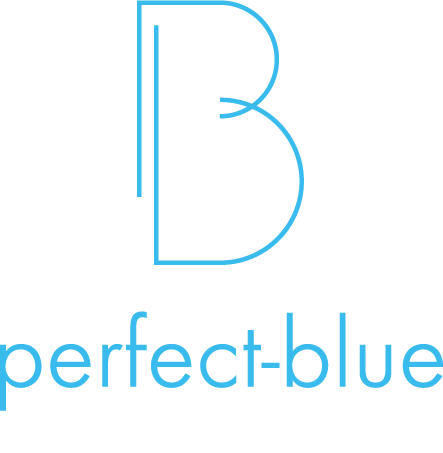Όμορφες Ιστορίες • 06 Ιούλ 2018
White teeth…Grey hair!
White teeth…Grey hair!
Teeth whitening products may be responsible for the boost in the number of young people getting grey hair prematurely by adding to the body’s own production of H2O2: researchers have discovered that the key whitening ingredient hydrogen peroxide (H2O2) causes grey hair. When our bodies experience a surge in H2O2 production (typically caused by increased stress levels), the excess can accumulate within the hair follicles. This surge in the production of H2O2 down the body’s production of catalase, Tyrosinase, MSRA, and MSRB. These are all key enzymes that are directly responsible for repairing and protecting hair follicles and slowing down greying. Once these enzymes have broken down, melanocyte death occurs (Melanocyte is the cell that gives skin and hair its colour), allowing the hydrogen peroxide to bleach the hair follicles as they grow causing grey hair – much like what your favourite teeth whitening product does to your pearly whites.
Popular teeth whitening products contain a great deal of H2O2 in order to achieve the perennial bleached-white look. Scientists believe that this outside source of H2O2 finds its way into our bodies and blood stream where it accumulates and adds to the body’s overall store of the compound.
While that whitening toothpaste may seem to contain a small amount of hydrogen peroxide, it only takes .001 Mole or 0.04 grams of H2O2 to start the process of breaking down those all-important enzymes mentioned above. It should be noted that some whitening products boast a hydrogen peroxide concentration of up to 6%, this is more than enough to sufficiently deactivate any of the key enzymes that protect the health of hair follicles. This could spell disaster for those individuals who are already susceptible to higher levels of hydrogen peroxide, especially those who lead stressful lifestyles.
Despite the definitive link between hydrogen peroxide and greying, cosmetic dentistry – including teeth whitening services – are becoming even more popular as more individuals than ever search for oral perfection. In fact, in a recent study by the British Academy of Cosmetic Dentistry, one-third of the UK population was “concerned by the look of their teeth,” while 27% believe that cosmetic dentistry services like teeth whitening are vital to an improved quality of life. And as the teeth whitening industry is estimated to be growing approximately 15 to 20 percent each year, researchers are predicting an epidemic increase in premature grey hair.
It’s an ironic twist in a looks-obsessed culture that prizes an everlasting youthful appearance. In the search for the fountain of youth we end up opening bottles of beauty products that make us looking old prematurely, by causing greying.
Is Beauty really Subjective?
It is commonly said that beauty lies in the eye of the beholder, and that it varies by race, culture or era. Yet, there is no doubt that certain facial features are rated more attractive by both men and women. Indeed, a smaller nose and chin, along with a larger distance between the eyes and a smaller mouth width are deemed desirable traits for women.
The evidence shows that our perception of physical beauty is hard-wired into our being and based on how closely the features of one’s face reflect phi in their proportions. The Golden Ratio (φ=1.618) appears extensively in the human face. The human face conforms most closely to phi proportions when we smile. You’ll be perceived as more beautiful with a warm smile than with a cold-hearted look of anger, arrogance or contempt. Furthermore, there are multiple inter-relations between facial features, e.g. the relation of the nose to the lips and chin (especially on profile view), which the more closely they approach a defined norm, the more aesthetically pleasing they are considered. Indeed, such relations are commonly utilized as a guide by plastic surgeons to favourably improve facial features using various procedures such as rhinoplasty, malaroplasty and blepharoplasty.
Scientists have recently used e-fits (a computer programme usually used to draw up e-fits of wanted criminals) to create portraits of the most beautiful man and woman in the world – and say famous British male model David Gandy and actress Natalie Portman are the closest real-life examples. The software takes into account factors including the thickness of lips, nose length and width, and hairline.
Even with a perfectly proportioned face though, there are endless variations in colouring and the shapes of each facial feature (eyes, eyebrows, lips, nose, etc.) that give rise to the distinctive appearance of each race and provide for endless variations in beauty that are as unique as each individual. The human face communicates an incredible array of emotions which are an integral element of one’s total beauty.
Interestingly, symmetry in the face does not necessarily equate to beauty. Many, if not most, faces that are perceived as beautiful are usually not even close to being perfect in symmetry of the left and right sides. For example, Angelina Jolie does not have golden length and width ratios. Elizabeth Hurley gets the golden ratio for length but is different from the width golden ratio by one per cent. Canadian country pop musician Shania Twain has both the length and width ratios. Florence Colgate, voted in 2012 as having the most beautiful face in Britain, also failed to meet both metrics.
